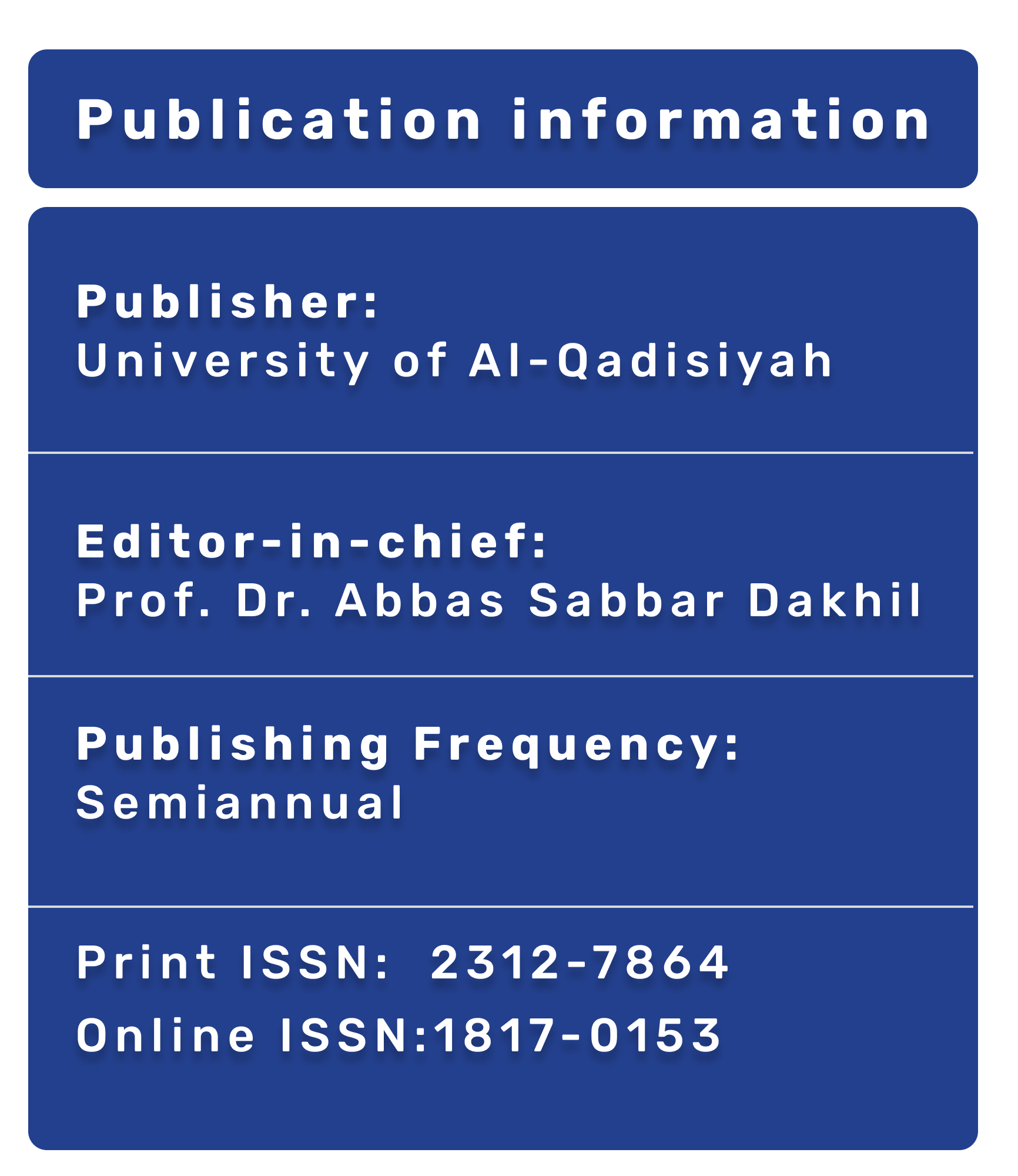Antibiotics Resistance and Integron Class 1 among Commonsal Escherichia coli
DOI:
https://doi.org/10.28922/qmj.2017.13.24.30-38Keywords:
Commensal E. coli, integron class 1, antibiotic resistance, multiple drug resistanceAbstract
Normal intestinal microbiota are a reservoir for antibiotic resistance (genes) especially Escherichia coli (E. coli). The goal of this study was to investigate the prevalence of integrons class 1 and antibiotic resistance among commensal E. coli isolates and detect the association of integron class 1 with antibiotic resistance (single or multiple drug resistance) that may be transport horizontally to other bacteria. Three hundred one E. coli isolates from stools were obtained from healthy individuals (age from 1to 80 years). All isolates were tested for their susceptibility against 16 antimicrobial agents using standard disc diffusion method and for the presence of class 1 integrons by PCR. Integrase genes detected in 112 isolates (37%) out of 301 tested isolate. High resistance observed for most antibiotics especially ampicilln, amoxcillin, lincomycin, cephalexin while resistance to amikacin and gentamicin was less common. Furthermore resistance to cefotaxime, ciprofloxacin, oxytetracyclin, tetracycline and trimethoprim significantly associated (p < 0.05) with IntI1 gene positive isolates. All integrons positive isolates are resist to more than five antibiotics and significantly associated with many resistance patterns. In conclusion, increase antibiotic resistance among commensal E. coli in this population that companied with increase frequency of integron class 1 that significantly associated with resistance for single or multiple antibiotic agents.








